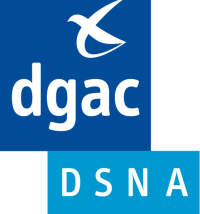Deploy SWIM governance
Timeline

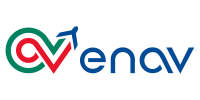

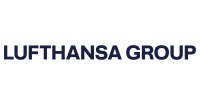
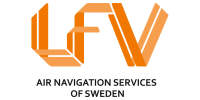
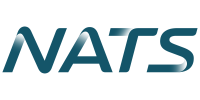
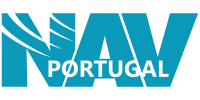

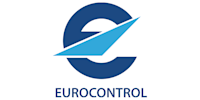

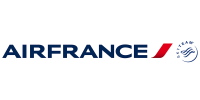
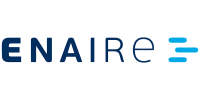




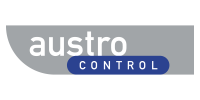
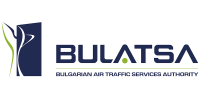
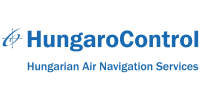
Description
Overview
This project implements the phase 2 of the SESAR Deployment Manager System Wide Information Management (SDM SWIM) Governance action plan defined in the Deployment Programme 2016 (Addendum II as well as Families 5.1.3 and 5.1.4), thus ensuring a controlled evolution and a harmonised deployment of all SWIM elements. Based on the outputs of Single European Sky ATM research (SESAR1) and of the Phase 1 of the SDM SWIM Action plan it can be considered as a ramp-up for the operational deployment of a solid and agile SWIM Governance.
Specific objectives
This Implementation Project aims to:
Define and set up an initial organisational structure with the related legal and financial framework, representative of all affected operational stakeholders, to execute the SWIM Governance within the context of the Pilot Common Project (PCP).
Ensure a stable implementation and controlled evolution of SWIM standards, guidance material, foundation material, common components, the SWIM service lifecycle including service definitions and the compliance framework.
Define SWIM policies, processes and functions to support the implementation of all aspects of SWIM, e.g. change control of SWIM Elements and assessment of compliance to SWIM standards.
Provide a collaborative platform for the communication and collaboration between all SWIM stakeholders and actors on all matters of SWIM Governance.Deliver a set of tools and guidance supporting the contributors to SWIM deployment (service providers, information providers, IT specialists, etc.).
Identify and refine the common security requirements necessary for giving trust to the SWIM deployment.
Coordinate with the SWIM implementations developed in the other projects dealing with SWIM common components.
Expected Results
The following results are expected:
An initial organisational structure is defined and set up with the related legal and financial framework, representative of all affected operational stakeholders, to execute the SWIM Governance within the context of the Pilot Common Project (PCP).
A stable implementation and controlled evolution of SWIM standards is ensured also for guidance material, foundation material, common components, the SWIM service lifecycle including service definitions and the compliance framework.
SWIM policies, processes and functions are established to support the implementation of all aspects of SWIM, e.g. change control of SWIM Elements and assessment of compliance to SWIM standards.
A collaborative platform for the communication and collaboration between all SWIM stakeholders and actors on all matters of SWIM Governance is provided.
A set of tools and guidance supporting the contributors to SWIM deployment (service providers, information providers, IT specialists, etc.) is delivered.
The common security requirements necessary for giving trust to the SWIM deployment are identified and refined.
The SWIM implementations developed in the other projects dealing with SWIM common components are coordinated.
Performance Benefits:
Adequate SWIM governance processes ensure that SWIM benefits are achieved: all ATM users have access to the right information at the right time, supporting appropriately informed decisions, thus indirectly improving safety of operations, service oriented architecture principles are applied and support agile development of interoperable services. This directly impacts the cost of developments, much decreased thanks to re-usability of services (less "proprietary" developments).
Additional Information
- Project Type: Air Navigation Service Provider
- CEF Call Year: 2016
- Civil/Military: Civil
- Multistakeholder: Yes
- Main AF: AF5 - Initial System Wide Information Management
- Sub AF: S-AF 5.1 - Common infrastructure components
- Progress Percentage: 100%
